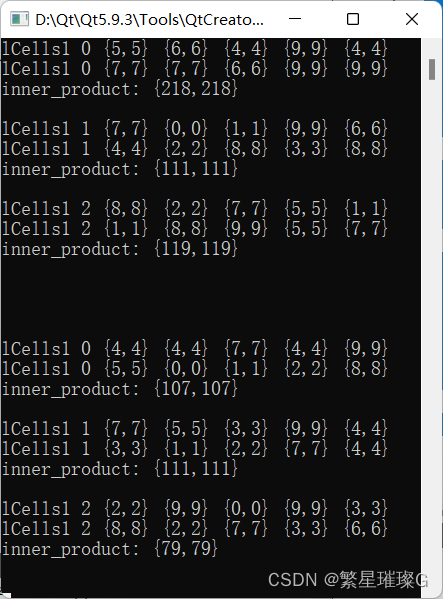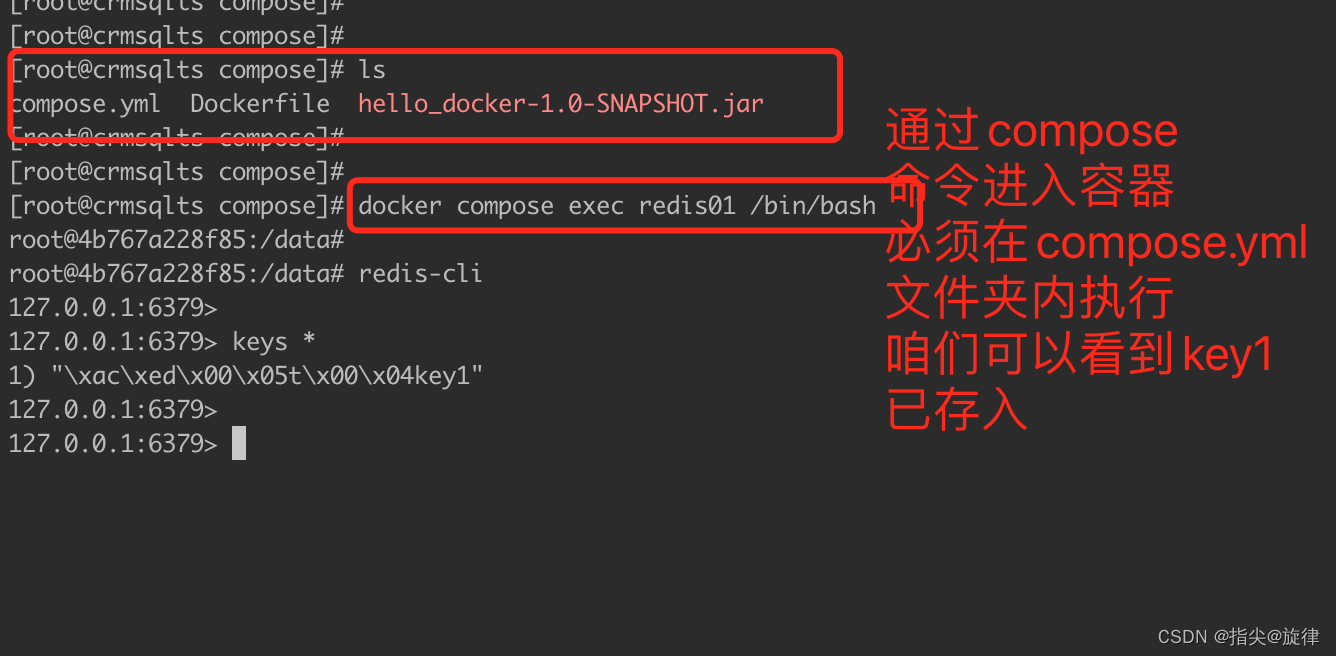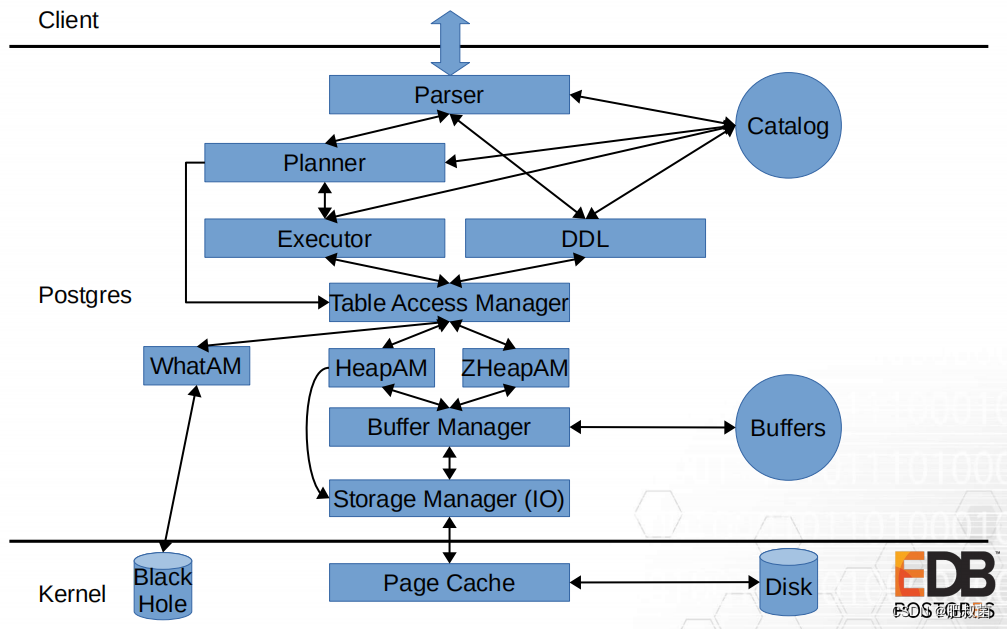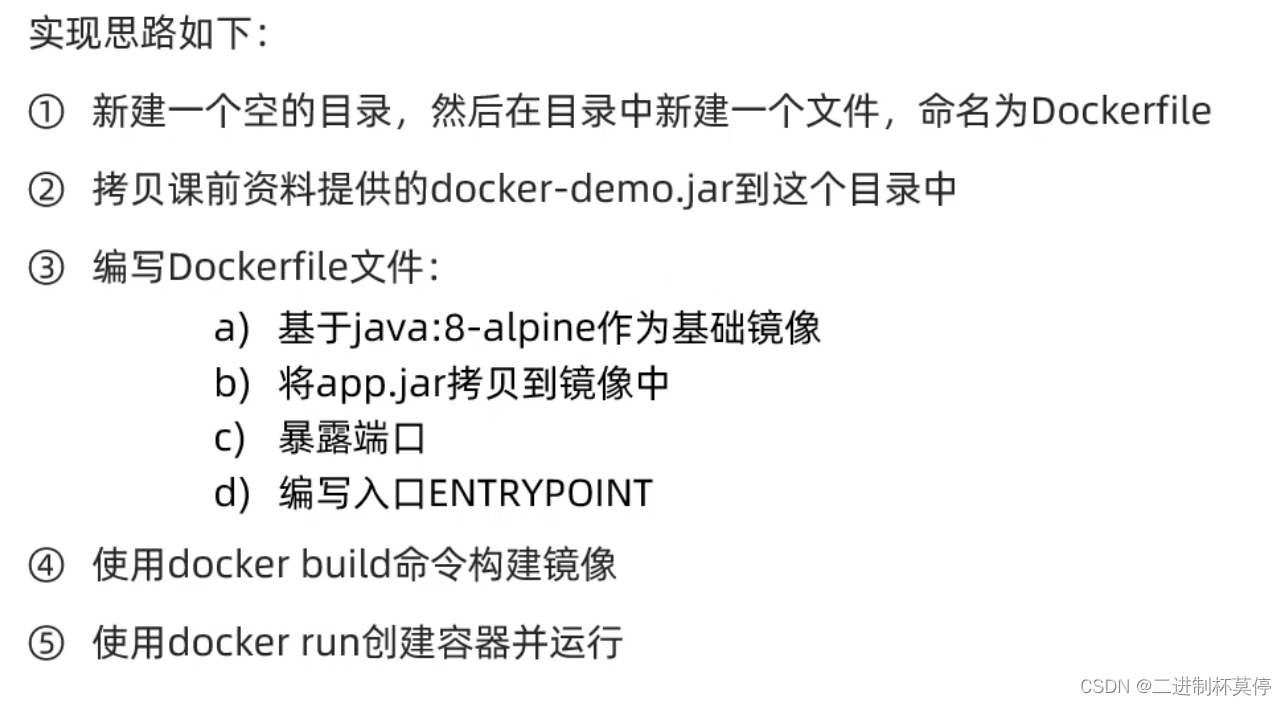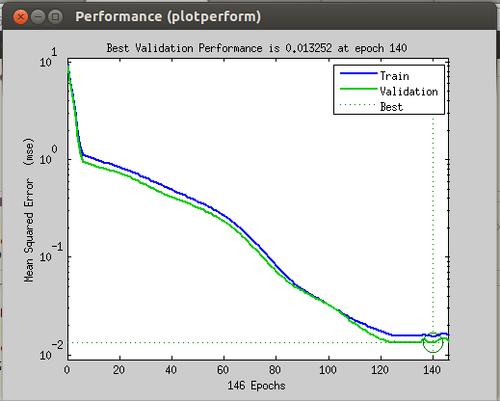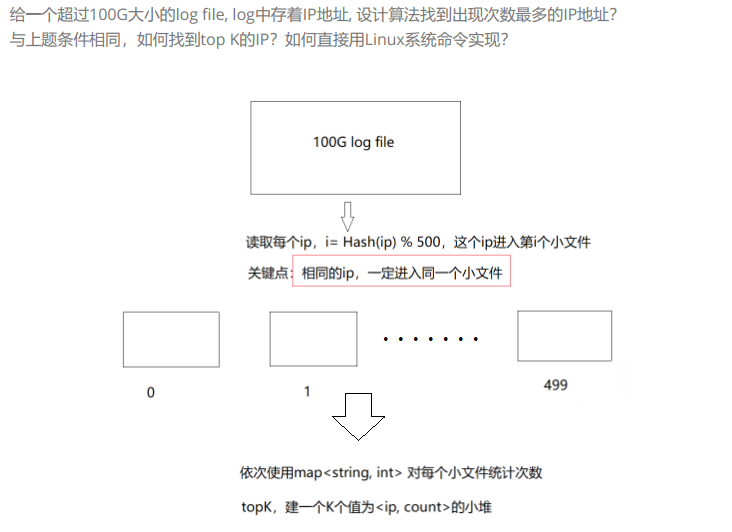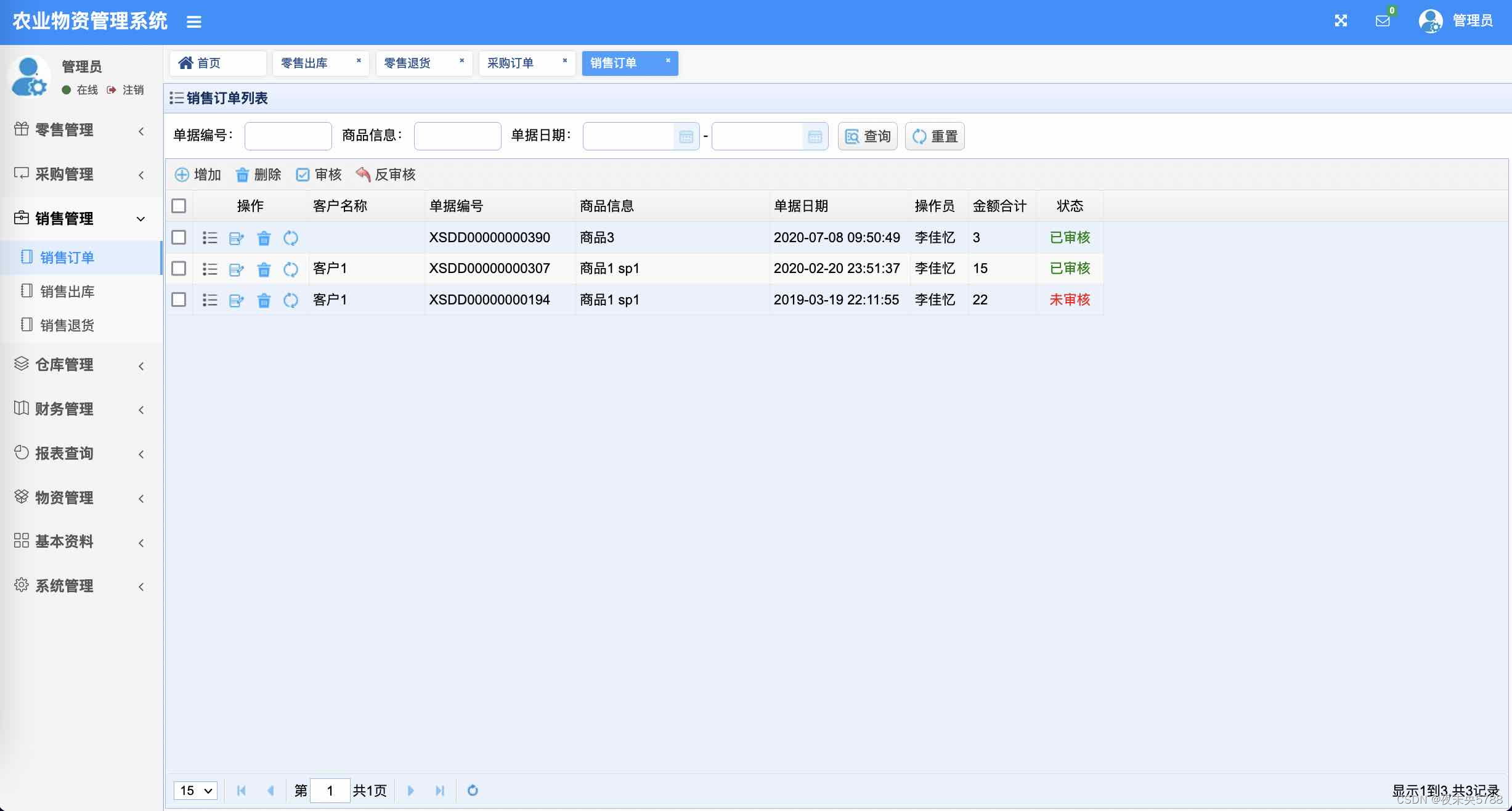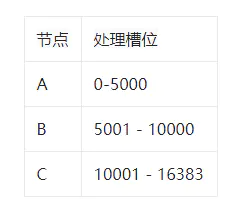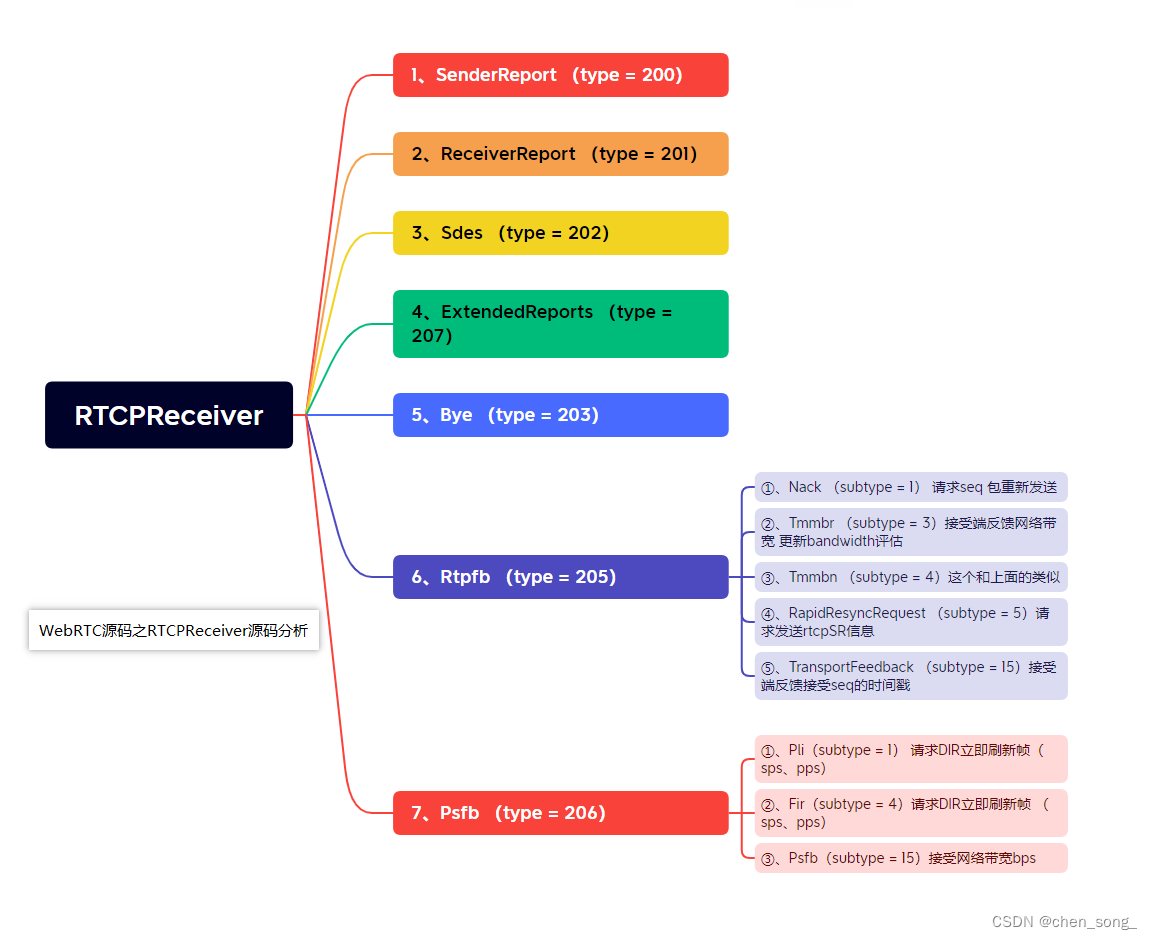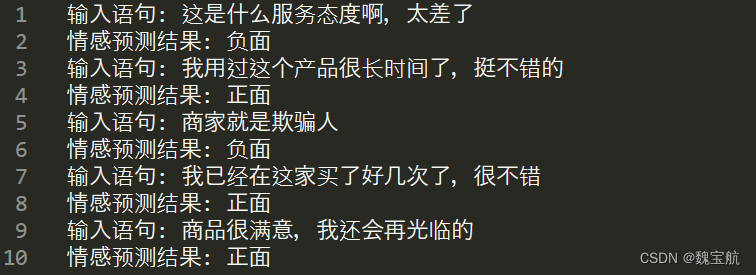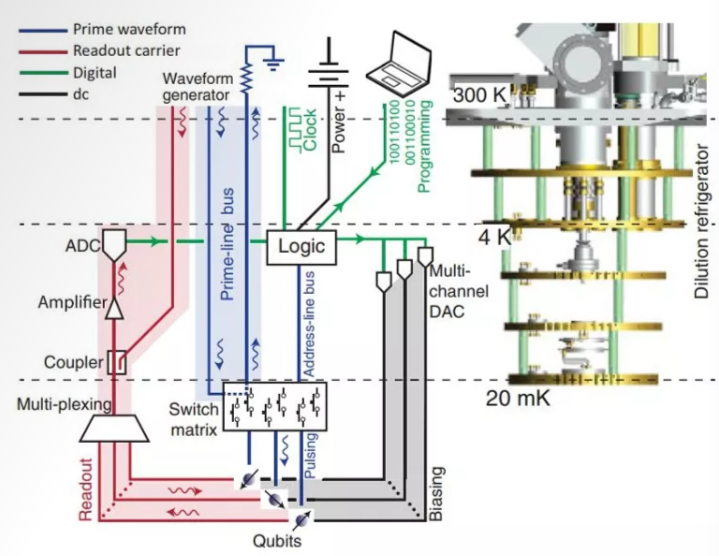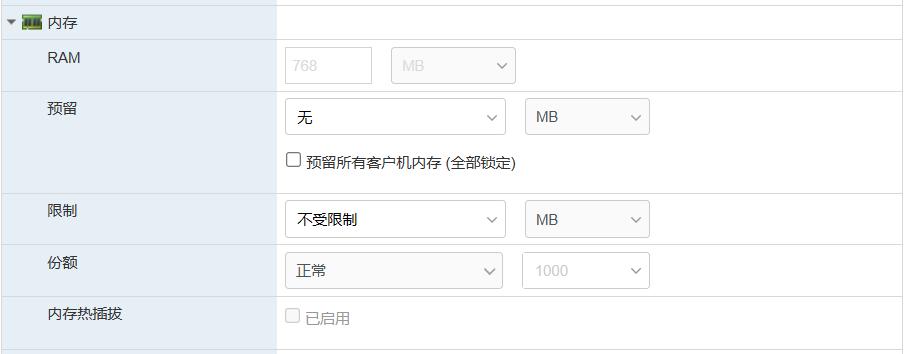定义于头文件 <algorithm>
算法库提供大量用途的函数(例如查找、排序、计数、操作),它们在元素范围上操作。注意范围定义为 [first, last) ,其中 last 指代要查询或修改的最后元素的后一个元素。
计算两个范围的元素的内积
std::inner_product| template< class InputIt1, class InputIt2, class T > T inner_product( InputIt1 first1, InputIt1 last1, InputIt2 first2, T init ); | (1) |
| template<class InputIt1, class InputIt2, class T, class BinaryOperation1, class BinaryOperation2> | (2) |
计算内积(即积之和)或在范围 [first1, last1) 和始于 first2 的范围上进行有序映射/规约操作。
1) 以初值 init 初始化积累器 acc ,然后
| 以表达式 acc = acc + *first1 * *first2 修改它,再以表达式 acc = acc + *(first1+1) * *(first2+1) 修改它,以此类推 | (C++20 前) |
| 以表达式 acc = std::move(acc) + *first1 * *first2 修改它,再以表达式 acc = std::move(acc) + *(first1+1) * *(first2+1) 修改它,以此类推 | (C++20 起) |
直至抵达 last1 。对于 + 与 * 的内建含义,此算法计算二个范围的内积。2) 以初值 init 初始化积累器 acc ,然后
| 以表达式 acc = op1(acc, op2(*first1, *first2)) 修改它,再以表达式 acc = op1(acc, op2(*(first1+1), *(first2+1))) 修改它,以此类推 | (C++20 前) |
| 以表达式 acc = op1(std::move(acc), op2(*first1, *first2)) 修改它,再以表达式 acc = op1(std::move(acc), op2(*(first1+1), *(first2+1))) 修改它,以此类推 | (C++20 起) |
直至抵达 last1 。
|
| (C++11 前) |
|
| (C++11 起) |
参数
| first1, last1 | - | 元素范围 |
| first2 | - | 第二个元素范围的起始 |
| init | - | 积的和的初值 |
| op1 | - | 被使用的二元函数对象。此“和”函数接收 op2 所返回的值和当前积累器的值,并产生存储于积累器的新值。 该函数的签名应当等价于: Ret fun(const Type1 &a, const Type2 &b); 签名中并不需要有 const &。 |
| op2 | - | 被使用的二元函数对象。此“积”函数从每个范围接收一个值并产生新值。 该函数的签名应当等价于: Ret fun(const Type1 &a, const Type2 &b); 签名中并不需要有 const &。 |
| 类型要求 | ||
- InputIt1, InputIt2 必须满足遗留输入迭代器 (LegacyInputIterator) 的要求。 | ||
- ForwardIt1, ForwardIt2 必须满足遗留向前迭代器 (LegacyForwardIterator) 的要求。 | ||
- T 必须满足可复制赋值 (CopyAssignable) 和 可复制构造 (CopyConstructible) 的要求。 | ||
返回值
上述 acc 的最终值。
可能的实现
版本一
template<class InputIt1, class InputIt2, class T>
T inner_product(InputIt1 first1, InputIt1 last1,
InputIt2 first2, T init)
{
while (first1 != last1) {
init = std::move(init) + *first1 * *first2; // C++20 起有 std::move
++first1;
++first2;
}
return init;
}版本二
template<class InputIt1, class InputIt2,
class T,
class BinaryOperation1, class BinaryOperation2>
T inner_product(InputIt1 first1, InputIt1 last1,
InputIt2 first2, T init,
BinaryOperation1 op1,
BinaryOperation2 op2)
{
while (first1 != last1) {
init = op1(std::move(init), op2(*first1, *first2)); // C++20 起有 std::move
++first1;
++first2;
}
return init;
}注意
此算法的可并行版本 std::transform_reduce 要求 op1 与 op2 可交换并可结合,但 std::inner_product 不作这种要求,且始终以给定顺序进行操作。
调用示例
#include <iostream>
#include <algorithm>
#include <functional>
#include <vector>
#include <list>
#include <iterator>
#include <time.h>
using namespace std;
struct Cell
{
int x;
int y;
Cell &operator +=(const Cell &cell)
{
x += cell.x;
y += cell.y;
return *this;
}
Cell &operator +(const Cell &cell)
{
x += cell.x;
y += cell.y;
return *this;
}
Cell &operator *(const Cell &cell)
{
x *= cell.x;
y *= cell.y;
return *this;
}
Cell &operator ++()
{
x += 1;
y += 1;
return *this;
}
bool operator <(const Cell &cell) const
{
if (x == cell.x)
{
return y < cell.y;
}
else
{
return x < cell.x;
}
}
bool operator ==(const Cell &cell) const
{
return x == cell.x && y == cell.y;
}
};
std::ostream &operator<<(std::ostream &os, const Cell &cell)
{
os << "{" << cell.x << "," << cell.y << "}";
return os;
}
int main()
{
std::mt19937 g{std::random_device{}()};
srand((unsigned)time(NULL));;
std::cout << std::boolalpha;
std::function<Cell()> generate = []()
{
int n = std::rand() % 10;
Cell cell{n, n};
return cell;
};
// 初始化lCells1
std::list<vector<Cell>> lCells1(3, vector<Cell>(5));
//用从起始值开始连续递增的值填充一个范围
for (vector<Cell> &vCells : lCells1)
{
std::generate(vCells.begin(), vCells.end(), generate);
}
// 初始化lCells1
std::list<vector<Cell>> lCells2(3, vector<Cell>(5));
//用从起始值开始连续递增的值填充一个范围
for (vector<Cell> &vCells : lCells2)
{
std::generate(vCells.begin(), vCells.end(), generate);
}
size_t index = 0;
std::list<vector<Cell>>::iterator it1 = lCells1.begin();
std::list<vector<Cell>>::iterator it2 = lCells2.begin();
for (; it1 != lCells1.end() && it2 != lCells2.end(); it1++, it2++)
{
std::cout << "lCells1 " << index << " ";
std::copy((*it1).begin(), (*it1).end(), std::ostream_iterator<Cell>(std::cout, " "));
std::cout << std::endl;
std::cout << "lCells1 " << index << " ";
std::copy((*it2).begin(), (*it2).end(), std::ostream_iterator<Cell>(std::cout, " "));
std::cout << std::endl;
auto inner_product = std::inner_product((*it1).begin(), (*it1).end(), (*it2).begin(), Cell{0, 0});
std::cout << "inner_product: " << inner_product << std::endl;
std::cout << std::endl;
index++;
}
std::cout << std::endl;
std::cout << std::endl;
std::cout << std::endl;
auto opt1 = [](const Cell & a, const Cell & b)
{
Cell cell{a.x + b.x, a.y + b.y};
return cell;
};
auto opt2 = [](const Cell & a, const Cell & b)
{
Cell cell{a.x * b.x, a.y * b.y};
return cell;
};
// 初始化lCells3
std::list<vector<Cell>> lCells3(3, vector<Cell>(5));
//用从起始值开始连续递增的值填充一个范围
for (vector<Cell> &vCells : lCells3)
{
std::generate(vCells.begin(), vCells.end(), generate);
}
// 初始化lCells4
std::list<vector<Cell>> lCells4(3, vector<Cell>(5));
//用从起始值开始连续递增的值填充一个范围
for (vector<Cell> &vCells : lCells4)
{
std::generate(vCells.begin(), vCells.end(), generate);
}
index = 0;
std::list<vector<Cell>>::iterator it3 = lCells3.begin();
std::list<vector<Cell>>::iterator it4 = lCells4.begin();
for (; it3 != lCells3.end() && it4 != lCells4.end(); it3++, it4++)
{
std::cout << "lCells1 " << index << " ";
std::copy((*it3).begin(), (*it3).end(), std::ostream_iterator<Cell>(std::cout, " "));
std::cout << std::endl;
std::cout << "lCells1 " << index << " ";
std::copy((*it4).begin(), (*it4).end(), std::ostream_iterator<Cell>(std::cout, " "));
std::cout << std::endl;
auto inner_product = std::inner_product((*it3).begin(), (*it3).end(), (*it4).begin(),
Cell{0, 0}, opt1, opt2);
std::cout << "inner_product: " << inner_product << std::endl;
std::cout << std::endl;
index++;
}
return 0;
}
输出
